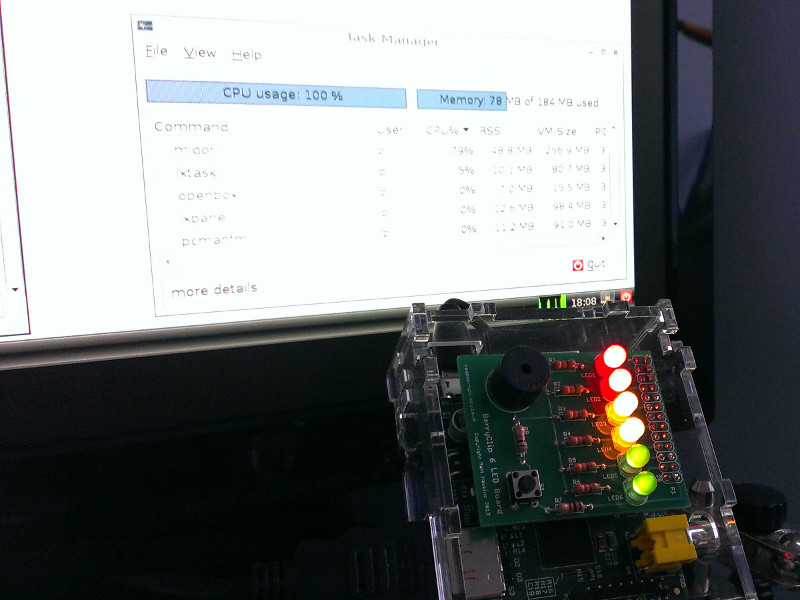

That second line can be removed if only ASCII characters It was necessary because French messages will be printed to theĬonsole (if verbose is set equal to 1) and these contain The second line, # coding: utf-8 is the only significantĬhange. Mouse button (The script was updated on July 4, 2017). Print 'Données lues: température ambiante ☌'.format(cpuTemp)ĭownload the file by clicking on the link temps.py with the right Humidity, temperature = Adafruit_DHT.read_retry(DHT_type, OneWire_pin)Ĭmd = url_json + str(room_temp_idx) + "&nvalue=0&svalue=" + str(temperature) + " " + str(humidity) + " 0" Verbose = 1 # 1 to print out information to the console, 0 for silence # read and report dht11 temperature and humidity #!/usr/bin/python # coding: utf-8 import sys import Adafruit_DHT import urllib # parameters Instead of using a Web browser, an MQTT message can be sent assuming that New temperature, humidity and humidity level. If there is no problem the status on the returned page should be "OK"Īnd, after a short delay, the sensor image should now reflect the Open a Web browser and enter the following address and JSON string The sensor image will appear as shown on the left.Click on the Temperature tab which should.Scroll up to the top of the page and click on Apply Settings .

Scroll down to the bottom of the System page in order to see.Click on Settings in the drop-down menu.Display the newly created sensor by clicking on the Temperature tab.To see the device list, click on the Setup tab.Fill in the Name field, select Temp+Hum forĪ message will pop up confirming the creation of the sensor and stating that.Click on the Create Virtual Sensors in the newly.The added hardware will be added in a table at the For the Type select Dummy (Does nothing, use for virtual.Enter a name for the hardware I chose Virtual.The sensor values will be modified with the JSON API to make sure Then a virtual sensor will be added to the hardware. The first step, if not already done, is to create a "dummy" It's now time to create a virtual temperature+humidity sensor in Domoticz.


Particularly useful when overclocking the system. While at it, I decided to monitor the Raspberry Pi temperature. Web revealed that the problem is easily solved without resorting to any Unfortunately, it isĬovered (but not used!) by the real-time clock installed on the sameĬlock, DS3231, for Domoticz on the Raspberry Pi). But mostĪssume that the default One-Wire GPIO pin will be used.
#Monitor cpu temperature raspberry pi how to#
There are plenty of descriptions on the Web on how to do this. Will then be possible to access it in Domoticz andĮventually keep a temperature and humidity log. The Raspberry Pi in the living room hosting my home automation system? It It would be a waste to discard a $1.25 CDN sensor. So the DHT11 I purchased for an intelligent garageĭoor monitor will be replaced with a DHT22 (AM2302) which has a much wider Installation in an unheated garage where temperatures in the winter oftenĭip below freezing point. Turns out that the DHT11 temperature and humidity sensor has a 0☌ Reading device specifications before purchasing them might just be a


 0 kommentar(er)
0 kommentar(er)
